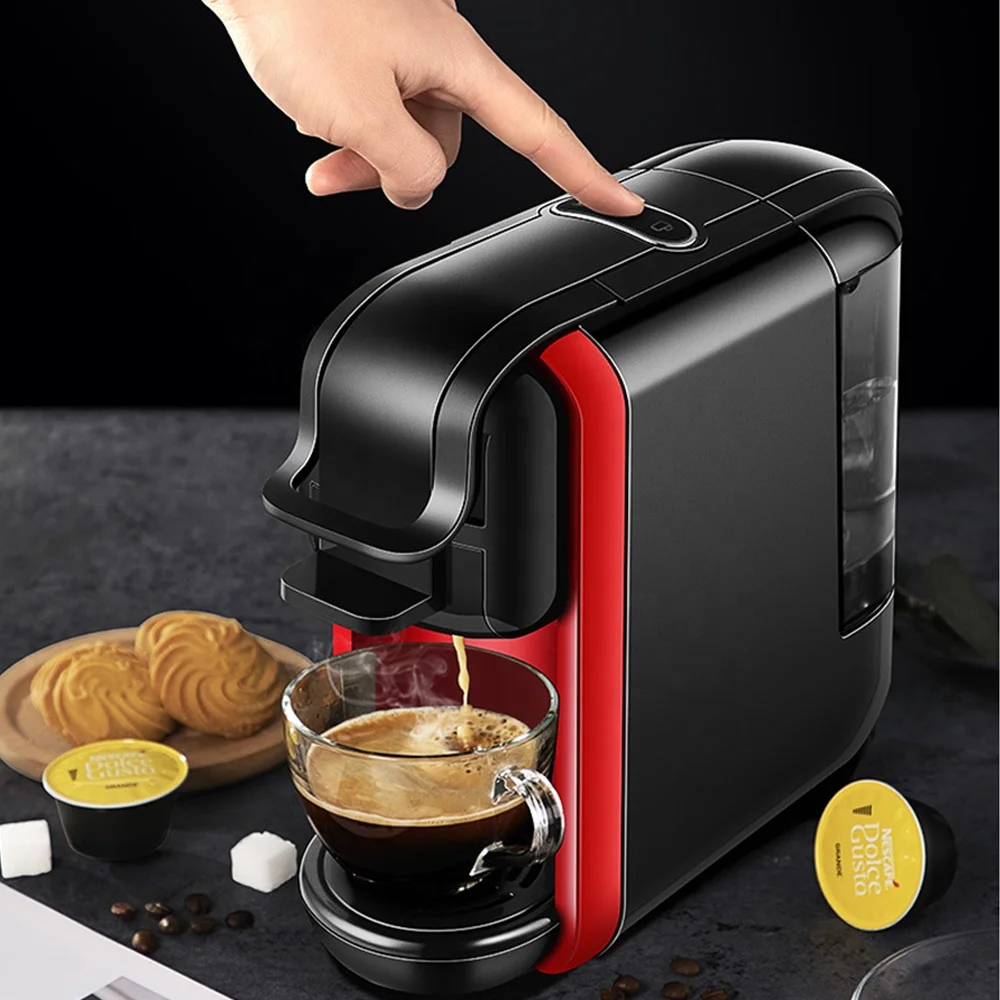Introduction
While coffee machines have become a staple in many kitchens, it is entirely possible to make a delicious cup of coffee without one. Whether you are traveling, camping, or simply wanting to try a different brewing method, there are various creative and manual techniques available. In this comprehensive guide, we will explore different methods to make coffee without a machine, discuss the advantages and considerations, provide step-by-step instructions for each technique, and offer tips for achieving a flavorful brew. Let’s dive into the art of coffee-making without the need for a machine.
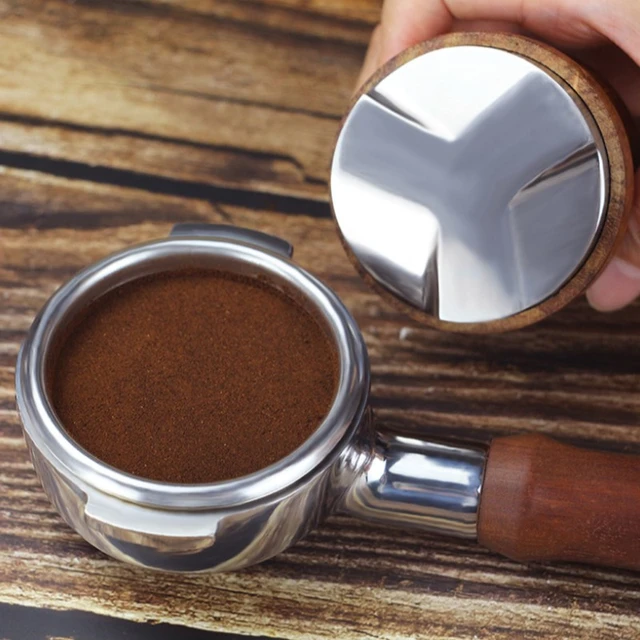
The Art of Coffee-Making: Brewing Without a Machine
I. The Advantages of Brewing Without a Machine
-
Versatility and Portability:
- Making coffee without a machine allows for greater flexibility in terms of when and where you can enjoy a cup. This method is especially useful when traveling, camping, or in situations where electricity or a coffee machine is unavailable.
-
Connection to Coffee Preparation:
- Without the automation of a machine, brewing coffee manually allows you to connect more intimately with the brewing process. You can actively engage with the coffee-making journey and develop a stronger appreciation for the artistry behind each cup.
-
Exploring Different Brewing Techniques:
- Brewing without a machine offers an opportunity to explore various manual brewing methods, each with its unique characteristics. Experimenting with different approaches can yield diverse flavor profiles and deepen your understanding of coffee brewing.
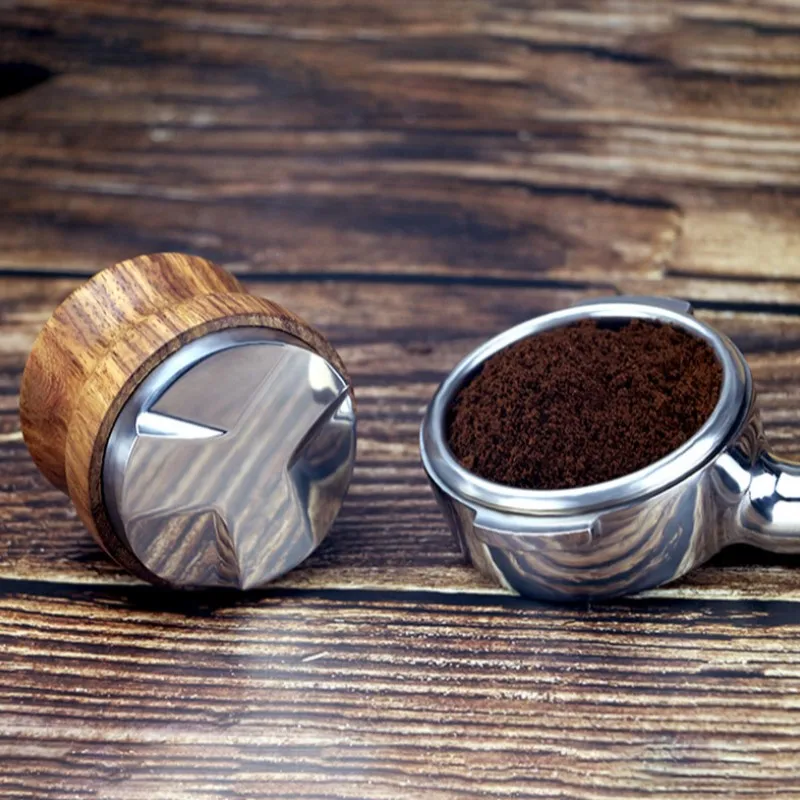
II. Brewing Methods without a Machine
-
Pour-Over Method:
- The pour-over method involves manually pouring hot water over coffee grounds, allowing the water to pass through a filter and a brewing device.
-
French Press:
- The French press method involves steeping coffee grounds in hot water and then using a plunger to separate the brewed coffee from the grounds.
-
Moka Pot:
- The Moka pot, also known as a stovetop espresso maker, uses pressure to force water through ground coffee, producing a strong and concentrated coffee similar to espresso.
-
Turkish Coffee:
- Turkish coffee is a traditional brewing method that involves simmering finely ground coffee in a pot and serving it unfiltered, allowing the grounds to settle at the bottom of the cup.
III. Step-by-Step Instructions for Brewing Without a Machine
-
Pour-Over Method:
1: Gather Your Equipment and Ingredients
- You will need freshly roasted coffee beans, a coffee grinder, a pour-over cone or dripper, a paper or reusable filter, a pouring kettle, a scale, and a mug or carafe to brew into.
2: Grind Your Coffee Beans
- Grind the coffee beans to a medium-coarse consistency. The exact grind size may vary depending on personal preference and the pour-over dripper being used.
3: Prepare the Filter and Pour-Over Cone
- Place the paper filter inside the pour-over cone, ensuring it fits snuggly. Rinse the filter with hot water to remove any paper taste and preheat the dripper.
4: Heat Water to the Appropriate Temperature
- Bring water to a boil and let it rest for about 30 seconds to reach the ideal temperature of 195-205°F (90-96°C). This temperature range helps extract the flavors from the coffee grounds.
5: Measure and Add Coffee Grounds
- Add the desired amount of coffee grounds to the prepped paper filter in the pour-over cone. The general guideline is to use a coffee-to-water ratio of 1:15 or adjust to taste.
6: Start the Pouring Process
- Begin pouring a small amount of hot water over the coffee grounds, allowing them to bloom for 30-45 seconds. This helps release trapped gases and enhances the extraction process.
7: Steady and Controlled Pouring
- Gradually pour the remaining water in a circular motion, maintaining a steady flow and avoiding pouring directly onto the edges of the filter. Pour in intervals, maintaining a consistent brew time.
8: Enjoy Your Brewed Coffee
- Once the water has passed through the grounds, remove the dripper and discard the used filter. Transfer the freshly brewed coffee to a mug or carafe, and savor the aromatic flavors.
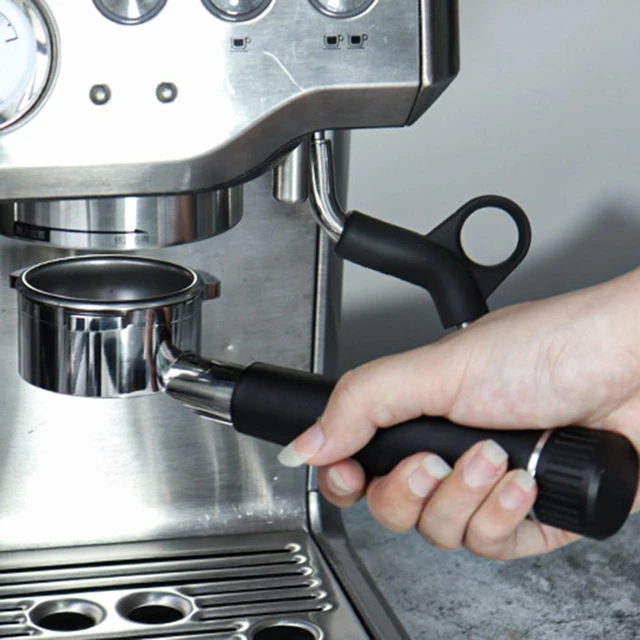
-
French Press:
1: Gather Your Equipment and Ingredients
- You will need freshly roasted coffee beans, a coffee grinder, a French press, a kettle for heating water, and a stirring utensil.
2: Grind Your Coffee Beans
- Grind the coffee beans to a coarse consistency, resembling breadcrumbs or sea salt. Adjust the grind size to achieve the desired strength and flavor of your coffee.
3: Preheat the French Press
- Pour hot water into the empty French press to preheat it. Discard the water after a few seconds.
4: Add Coffee Grounds
- Add the appropriate amount of coffee grounds to the preheated French press. The recommended coffee-to-water ratio is typically 1:15 or adjust according to personal taste.
5: Heat Water to the Appropriate Temperature
- Bring water to a boil and let it rest for about 30 seconds to reach the ideal temperature of 195-205°F (90-96°C).
6: Add Hot Water and Stir
- Slowly pour the hot water over the coffee grounds in the French press. Stir the mixture gently to ensure even saturation of the grounds, then place the lid on top.
7: Steep the Coffee
- Let the coffee steep for about 4 minutes. Adjust the steeping time to achieve the desired strength, taking into account personal taste preferences.
8: Plunge and Pour
- Slowly press the plunger down, separating the brewed coffee from the grounds. Once fully pressed, pour the coffee into your mug or carafe.
9: Enjoy Your French Press Coffee
- Serve the freshly brewed coffee immediately, as it may continue to extract and become more bitter if left in the French press for too long.
-
Moka Pot:
1: Gather Your Equipment and Ingredients
- You will need freshly roasted coffee beans, a coffee grinder, a Moka pot, a kettle for heating water, and a heat source such as a stovetop or portable cooker.
2: Grind Your Coffee Beans
- Grind the coffee beans to a fine consistency, similar to table salt. Adjust the grind size to your preference and the Moka pot being used.
3: Add Water to the Base Chamber
- Fill the base chamber of the Moka pot with cold water up to the fill line. Avoid overfilling the chamber to ensure proper brewing.
4: Add Coffee Grounds to the Filter Basket
- Fill the filter basket with coffee grounds, distributing them evenly. Level the top without packing the coffee tightly.
5: Assemble the Moka Pot
- Screw the top chamber of the Moka pot onto the base chamber, ensuring a tight seal. Handle the pot carefully, as the base will be hot during the brewing process.
6: Apply Heat and Monitor Brewing
- Place the Moka pot onto the heat source at medium heat and keep the lid open. Monitor the brewing process, as water will rise into the upper chamber as steam pressure builds.
7: Remove from Heat and Serve
- Remove the Moka pot from the heat source as soon as the upper chamber is filled with brewed coffee. Run the bottom chamber under cold water to halt the brewing process and prevent over-extraction.
8: Pour and Enjoy
- Serve the brewed coffee immediately, as it may lose its optimal flavor if left in the Moka pot for too long. Pour it into your favorite coffee cup and savor the rich, concentrated flavors.
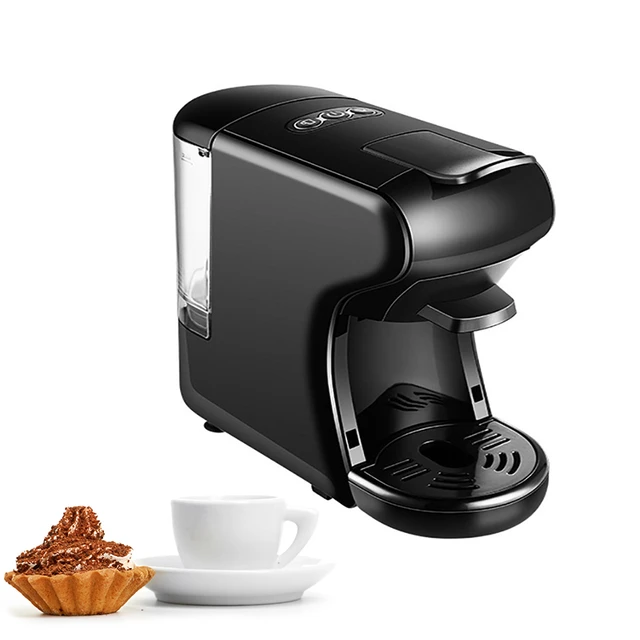
-
Turkish Coffee:
1: Gather Your Equipment and Ingredients
- You will need finely ground coffee beans (Turkish grind), cold water, a traditional ibrik (coffee pot) or small saucepan, and a heat source.
2: Measure the Coffee and Water
- Measure one heaping teaspoon of coffee per serving. Measure cold water in the same quantity, using a demitasse cup or small espresso cup as a reference.
3: Mixing the Coffee and Water
- Add the coffee and water to the ibrik or saucepan. Stir gently until the coffee grounds are fully saturated. Do not stir after this point.
4: Heat and Froth
- Place the ibrik or saucepan onto the heat source at low heat. Allow the coffee to heat gradually, stirring occasionally until it starts to froth and rise.
5: Remove from Heat
- As the coffee begins to rise, remove it from the heat to prevent an overflow. Let the froth settle for a moment before returning it to the heat. Repeat this process two or three times.
6: Serving the Coffee
- Once the coffee has frothed and risen several times, pour it into small cups, allowing the grounds to settle. Serve Turkish coffee with a glass of water, as it is traditionally enjoyed with sips of water in between.
IV. Tips for Optimal Coffee Brews
-
Use Freshly Roasted Coffee Beans:
- For the best flavor, grind coffee beans just before brewing. Select freshly roasted beans from reputable sources to ensure the highest quality and optimal taste.
-
Experiment with Coffee-to-Water Ratios:
- Adjusting the ratio of coffee to water allows you to tailor the strength and flavor of your brew. Start with the recommended ratios and adjust based on your personal preference.
-
Water Temperature and Quality:
- Maintain the optimal water temperature between 195-205°F (90-96°C) to ensure proper extraction. Use clean and filtered water for the best flavor and to prevent any off-tastes.
-
Grind Consistency:
- Pay attention to the grind size, as it impacts the extraction process. Different brewing methods require specific grind sizes, so adjust accordingly to achieve the desired result.
-
Brewing Time and Agitation:
- Follow the recommended brewing times for each method and consider the amount of agitation or stirring required. These factors contribute to the overall flavor and strength of the coffee.
-
Practice Patience and Precision:
- Brewing coffee manually requires attention to detail and a patient approach. Take the time to master each brewing technique, refining your skills to achieve consistent and exceptional brews.
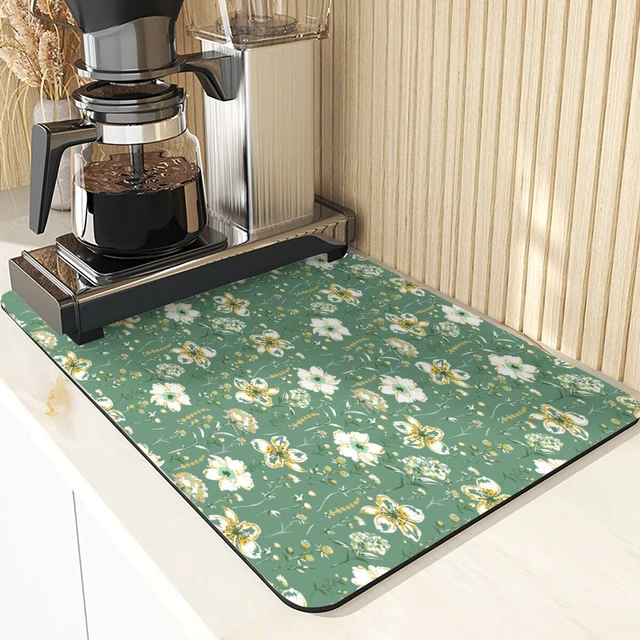
V. Conclusion: The Joy of Manual Brewing
Although coffee machines offer convenience, there is an undeniable charm in brewing coffee without one. By employing various manual methods, such as pour-over, French press, Moka pot, or Turkish coffee, you can craft your perfect cup of coffee, tailored to your taste preferences.
Embrace the artistry and versatility of brewing without a machine, whether at home, in the great outdoors, or while engaging with friends. Enjoy the process, experiment with different techniques, and savor the rewards of a well-brewed cup of coffee.

